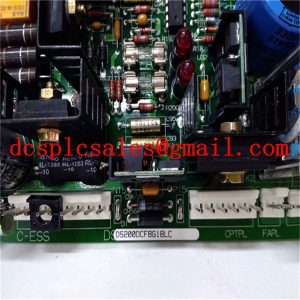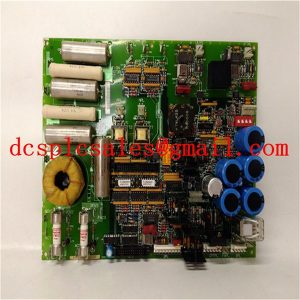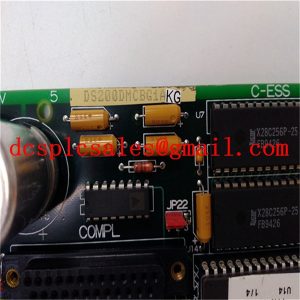Description
IS200VSVOH1BDC Integrated Circuit Modules
The IS200VSVOH1BDC is used to provide operating power for the integrated circuits of the PLC modules. At the same time, some also provide 24V operating power for the input circuits. Power input types are: AC power (220VAC or 110VAC), DC power (commonly 24VAC). Most modular PLCs use a base plate or rack, which serves the following purposes: electrically, to realise the connection between the modules so that the CPU can access all the modules on the base plate, and mechanically, to realise the connection between the modules so that the modules form a whole.
IS200VSVOH1BDC relies on advanced industrial network technology to collect and transmit production and management data quickly and efficiently. Therefore, the importance of the network in the automation system integration project is becoming more and more significant, and even some people put forward the “network is the controller” point of view statement. PLC communication, has not yet achieved interoperability, the IEC specifies a variety of fieldbus standards, PLC manufacturers have adopted.
IS200VSVOH1BDC has the function of communication networking, IS200VSVOH1BDC makes PLC and PLC, PLC and the upper computer and other intelligent devices can exchange information between the formation of a unified whole, to achieve decentralised centralised control. Most PLCs have RS-232 interfaces, and some have built-in interfaces that support their own communication protocols.









